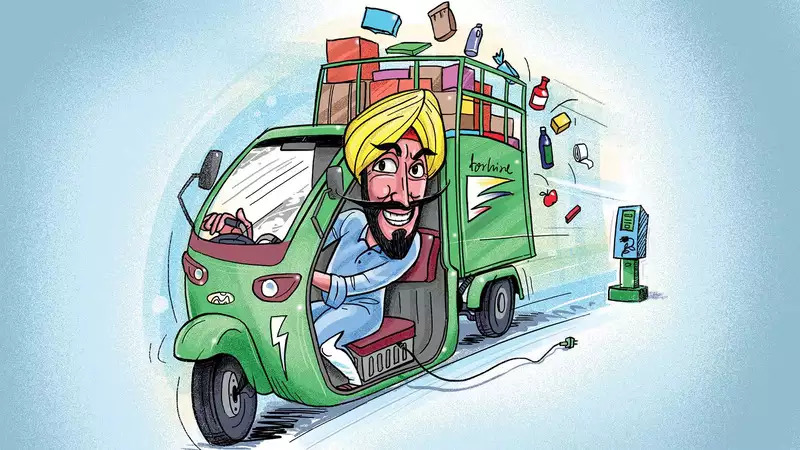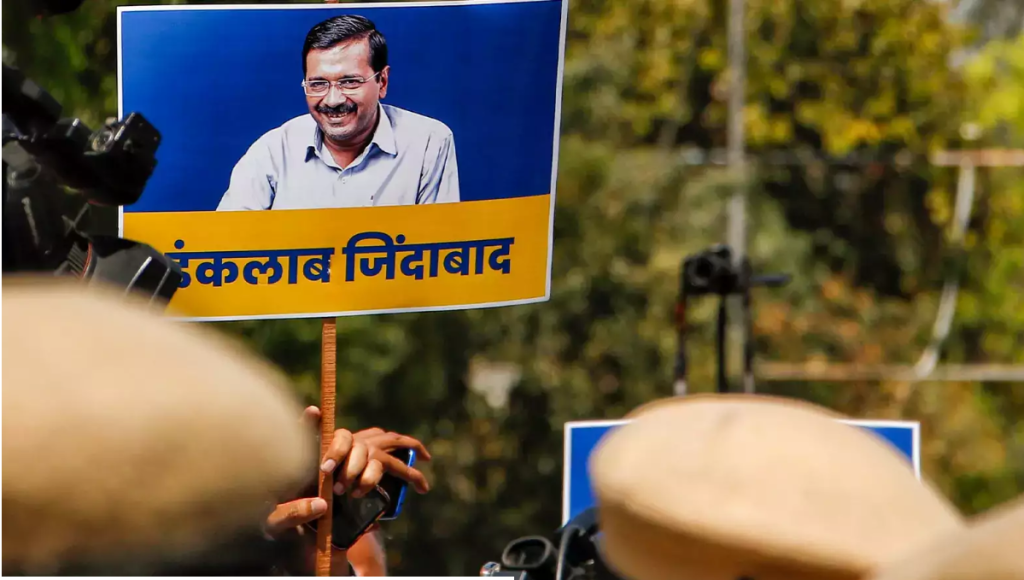Food inflation is a huge problem. It has, in different years, been concentrated in different items: sometimes cereals, sometimes proteins (dairy products, pulses, eggs, meat), sometimes vegetables.
Skyrocketing global prices of wheat and maize after the mid-2000s have stoked Indian inflation too. The good news is that global wheat and maize prices have crashed spectacularly. In the Chicago market, the global benchmark, wheat was $8.50 per bushel for much of 2013, but has plummeted to $5.70 per bushel. Maize was $7 per bushel in early 2013 but is now just $4.30 per bushel. So, global trends that fanned Indian food inflation will now tend to bring it down.
Talk of Chickenfeed
Will lower global prices be sustained? The chances look good. And, lower cereal prices will spill over into other foods. Maize is the biggest animal feed, so cheaper maize will slash the cost of everything from chicken and farmed fish to pigs and cattle, from milk to eggs. Wheat is also fed to animals, and lower prices will have similar effects. This will put downward pressure on other animal feeds like oilcakes — soybean meal is down from $5.40 per bushel last autumn to $4.20 today. High-protein foods will become cheaper globally.
India doesn\’t allow free import or export of farm items, so Indian prices often differ from global ones. Some analysts think Indian food inflation is driven mainly by politically-mandated rises in cereal prices, not by global trends. This is simply wrong. Global trends matter significantly.
In the 1980s, when India sought self-sufficiency, Indian prices were largely delinked from global ones. But in the last two decades, India has become more closely integrated with the world. Earlier, India exported mainly non-food farm products like cotton, tea and spices. But in the last two decades, India has become a major exporter of foods: rice, maize, wheat, poultry products and beef.
Call it Recoupling
Despite continuing controls on agricultural trade, global trends now have a big impact on Indian price expectations. Indian farmers and traders look up Chicago prices everyday, as these sway domestic price expectations partially, though not totally.
It\’s politically impossible in a predominantly rural democracy to consistently pay Indian farmers less than global prices. This can happen occasionally, when global prices suddenly spike. But political pressures to raise minimum support prices (MSP) for Indian crops are high when global prices shoot up. Big increases in MSP since 2008 have been driven by the need to catch up with global prices after 2007-08.
In the 1990s and early 2000s, wheat ruled at $3-4 per bushel, and maize at $2-2.50 per bushel. Those were days of excess global production induced by excessive subsidies. But the subsidies came down, especially in the EU. Meanwhile, buoyant economic growth raised food consumption in developing countries. China, above all, greatly increased imports of animal feed to support higher production of pork and other animal products.
Global food prices started rising in 2005 and 2006, when wheat touched $5 per bushel and maize $4 per bushel. This culminated in a gargantuan spike in 2007-08. The big new factor was the sharp rise in biofuel use by cars and trucks in the US and Europe. The US mandated that ethanol must be mixed with petrol, leading to the diversion of one-third of US maize acreage to ethanol output.
Europe decreed that 10% of diesel should be replaced by biofuels, leading to diversion of acreage to produce vegetable oils. This, along with poor harvests and rising Chinese demand, sent wheat to $14 per bushel and maize to $8 per bushel.
Hold the MSP Horses
Then came the Great Recession of 2007-09, and agricultural prices crashed. But, after that, wheat stabilised at around $7 per bushel and maize at $6 per bushel in 2010. Then, in 2012, they briefly touched $8.50 per bushel and $7 per bushel respectively — double the pre-2003 levels.
Indian politicians could not double domestic prices overnight to match global trends. But they had to catch up in a phased manner. No government dared pay Indian farmers consistently less than foreign ones. Domestic MSP for wheat was raised substantially, year after year, from Rs 650 per quintal in 2006-07 to Rs 1,350 per quintal in 2012-13. Rice went up in tandem. That stoked food inflation.
But today, worldwheat and maize prices have crashed. Many Indian farmers now get more than American ones. That is a good reason to go slow on MSP increases in coming years. This will, hopefully, be one structural solution to food inflation.
There will be darker consequences too. Lower global prices will hit Indian farm product exports, some of which may become uncompetitive.
Caveats? Global prices could spike again if there are bad harvests, or viruses hitting chicken and pork production. On the other hand, the US has greatly reduced ethanol production from maize, and imports ethanol instead from Brazil. History shows that global agricultural price spikes are followed soon by rising production and lower prices. That bodes well for the future of food inflation.




